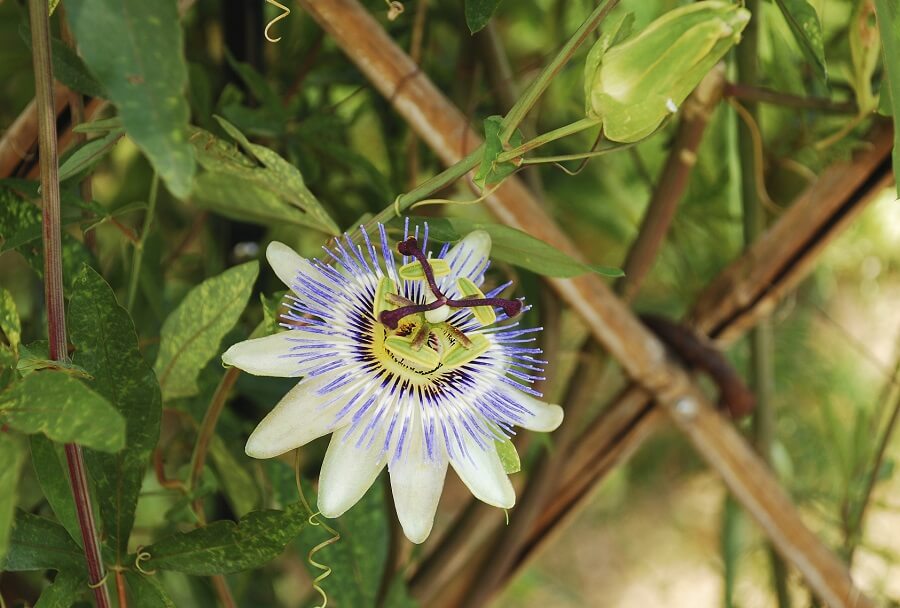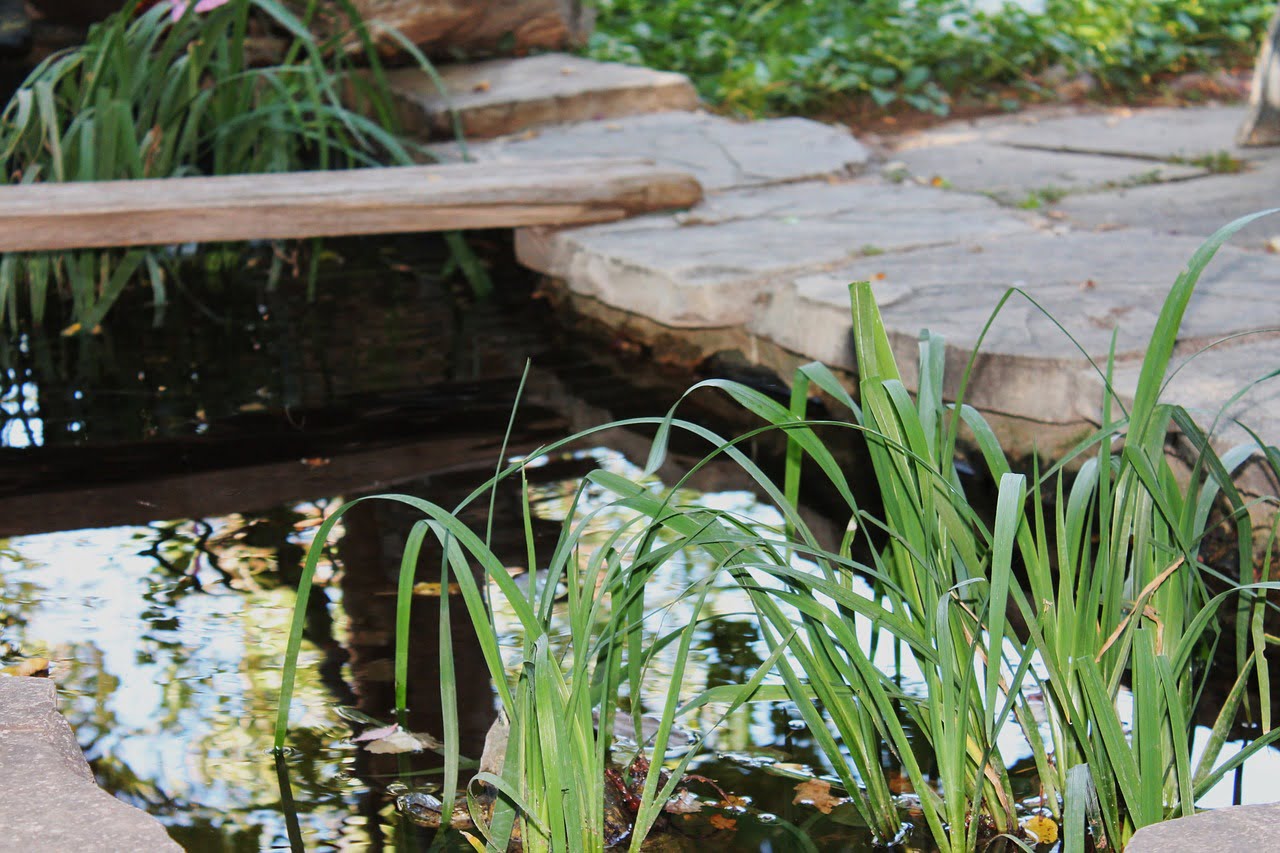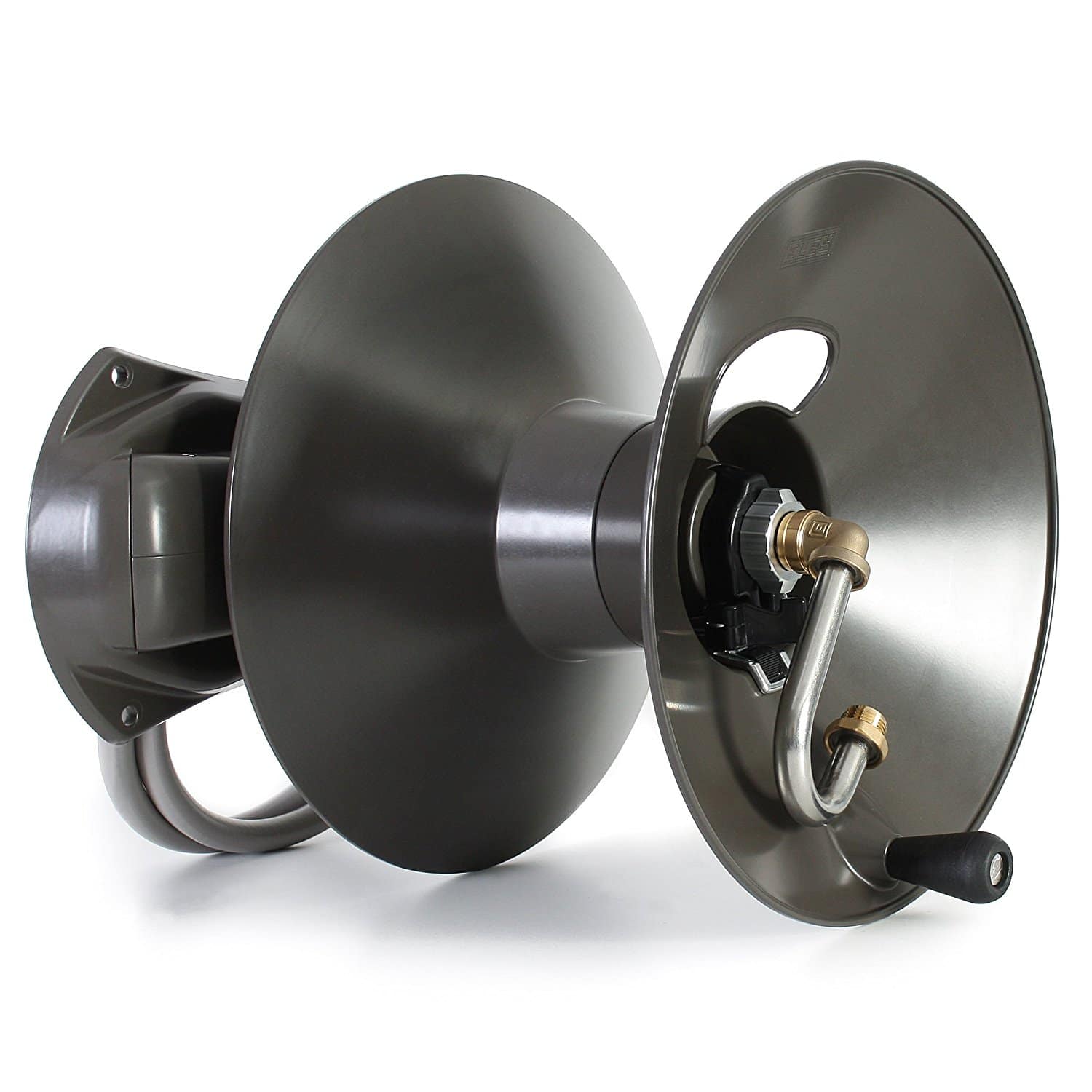Quick Takeaways
- Mixing the correct ratio of green and brown compost ingredients accelerates the composting process.
- Green materials such as vegetable scraps, fruit skins, and fresh grass clippings are nitrogen-rich.
- Brown materials such as freshly fallen leaves, nutshells, and cardboard are high in carbon.
- Tips for successful composting include adding eggshells for nutrients, avoiding chemically-treated wood, and shredding leaves and cardboard to increase decomposition rate.
Green and Brown Materials
You know that to accelerate the composting process, it’s important to mix the correct ratio of green and brown materials. Green ingredients are nitrogen-rich, while brown ingredients are high in carbon. This balance is essential for a healthy compost pile. Composting is a great way to recycle organic waste and reduce your carbon footprint. The benefits of composting include reducing landfill waste, improving soil health, and reducing the need for chemical fertilizers. Composting with limited space can be challenging, but it’s still possible. You can use a small bin or even a worm composting system to create nutrient-rich soil for your plants. Remember to avoid adding excessive tomato scraps or weeds that have gone to seed to your compost pile, as they can disrupt the balance of nutrients. By following these tips and using a balanced mix of green and brown materials, you can create a healthy compost pile in any space.Can Rhubarb Leaves Be Used in a Compost Mix?
Yes, safe and nutritious rhubarb leaves can be used in a compost mix. Rhubarb leaves are rich in minerals and organic matter, making them a valuable addition to compost. However, it’s important to remember that rhubarb leaves contain oxalic acid, which is toxic to humans and animals if consumed in large quantities. Therefore, it’s crucial to use them in moderation and ensure they are fully decomposed before using the compost in your garden.







